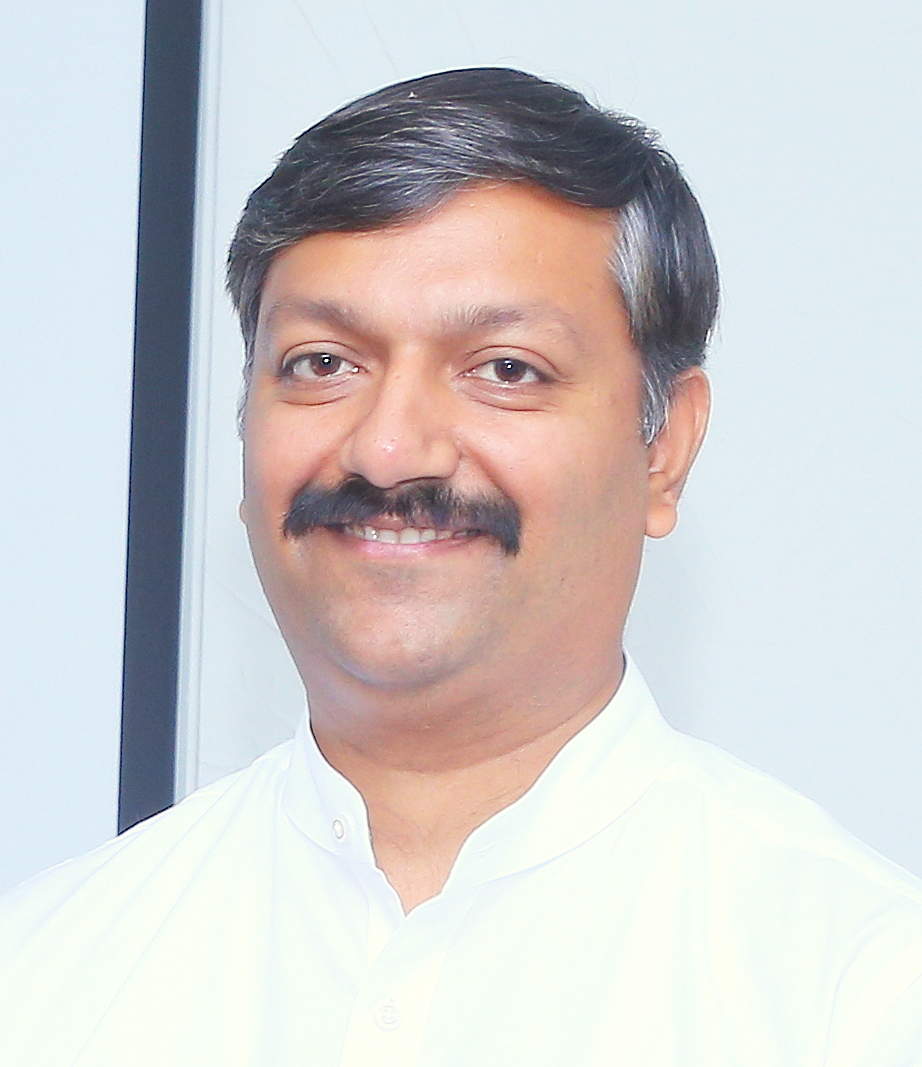It was a Monday morning when Sneha, a business owner, tapped her phone to check her bank statement. It wasn’t just a balance she saw—her bank app greeted her with a predictive cash flow estimate, alerts about a possible loan top-up, and a carbon footprint dashboard showing the climate impact of her latest business transactions.
Five years ago, none of this existed. Today, it’s just how banking works.
In 2025, the global banking industry is no longer confined to vaults, counters, and quarterly statements. It’s being rewritten in code, powered by artificial intelligence, protected by blockchain, and inspired by changing consumer expectations. For someone who has watched this transformation unfold closely, I can confidently say this: We are living through the most consequential shift in banking since the global financial crisis.
Let’s take a step back and look at how we got here.
The global reset
Globally, the story of banking in 2025 is framed by resilience and reinvention. After the economic uncertainty of the early 2020s, the world’s growth engines have stabilized, though not uniformly. The International Monetary Fund expects global GDP growth to hit 3.3% this year, slightly better than 2024 but still below the pre-pandemic norm.
In advanced economies like Europe, growth is sluggish—dragged by high energy costs and weak productivity. Meanwhile, emerging markets in Asia are faring better, with rising domestic demand and digital-led productivity gains. Yet risks remain: supply chain disruptions, inflationary pressures, and geopolitical volatility continue to loom.
Banks have emerged from this volatility with renewed profitability. McKinsey reports global return on equity has recovered to around 12%, rebounding from under 9% in 2022. But that doesn’t mean the sector is breathing easy. Compliance burdens are heavier than ever—regulatory costs are up 20–25% in the past five years. With frameworks like Basel III now fully phased in, many institutions are calling for smarter, harmonized regulations that encourage both stability and innovation.
But regulation isn’t the only thing redefining banking.
Banks across the globe are embedding artificial intelligence into their operations—not just to cut costs, but to gain competitive edge.
AI is being used to detect fraud in real time, assess creditworthiness using alternative data, and deliver personalized financial advice. In the U.S., AI-powered chatbots now handle over 40% of customer queries. According to Bloomberg Intelligence, AI could deliver productivity gains of 5% across financial services by 2030, even as it leads to significant job restructuring.
But this is not a doomsday scenario. Banks that are doing it right are not replacing humans they’re augmenting them. The best-performing institutions are pairing AI investments with large-scale reskilling efforts. The result? Smarter, faster, more human-centered service.
There’s another force banks can’t afford to ignore—climate finance. With global warming intensifying and public scrutiny rising, green finance has gone from niche to mainstream.
In 2024, green bond issuance hit a record $1.2 trillion globally, according to the International Finance Corporation. Meanwhile, the estimated annual investment needed to reach net-zero emissions by 2030 stands at a staggering $9 trillion. Banks are central to this story—both as capital providers and as stewards of sustainability.
Those who can align portfolios with ESG priorities aren’t just future-proofing—they’re outperforming. Investors and regulators alike are rewarding institutions that treat sustainability as strategy, not PR.
India: The brightest spark
While much of the world plays catch-up, India is scripting a banking revolution of its own.
The numbers speak for themselves. India’s GDP grew 7.4% in the January–March 2025 quarter, with full-year growth reaching 6.5%—the fastest among major economies. And unlike past cycles, this growth is backed by a stronger, cleaner banking system.
India’s gross non-performing asset (GNPA) ratio fell to 2.8% in March 2025, from over 11% in 2018. Non-food bank credit is growing at nearly 15% year-on-year, reflecting both improved asset quality and robust demand from retail, MSMEs, and infrastructure projects.
But the real story is digital.
In June 2025 alone, UPI processed 18.4 billion transactions worth ₹24 lakh crore, growing over 30% from last year. India’s digital public infrastructure, built on Aadhaar, UPI, and the Account Aggregator framework, is now the envy of the world.
Indian banks are using this foundation to offer hyper-personalized, mobile-first services, automate risk analysis, and reach new customers—often without ever opening a branch. Fintech partnerships are blossoming, and regulators have stepped in with clear guidelines on digital lending, cybersecurity, and consumer protection, ensuring innovation doesn’t come at the cost of trust.
So what will the bank of 2030 look like?
In my view, it won’t look like a bank at all. Not in the traditional sense. It will be a secure, AI-powered platform built around user needs—offering savings, credit, insurance, and advisory services, all within a personalized digital ecosystem.
Branches will be rare. Trust will be built through data privacy, transparency, and digital identity verification. Banks will shift from being passive service providers to active life partners—helping users make better financial decisions, build wealth, and live sustainably.
In India, this vision is not hypothetical—it’s already unfolding.
Final Reflections
Banking in 2025 isn’t about adopting new tools. It’s about redefining purpose.
Banks today face shrinking margins, rising expectations, and fast-changing technologies. But they also hold unprecedented power: to enable growth, foster inclusion, and lead climate action. Especially in India, where the momentum is strong, the opportunity is historic.
The real winners will not be the largest or oldest institutions—but the ones that are most adaptive, trustworthy, and human-centric.
As Sneha finishes her morning review and applies for a working capital loan in two clicks, she’s not interacting with a bank. She’s engaging with an ecosystem that understands her needs, speaks her language, and fuels her growth.
That’s not just the future of banking.
That’s the present.
Disclaimer
Views expressed above are the author’s own.
END OF ARTICLE

